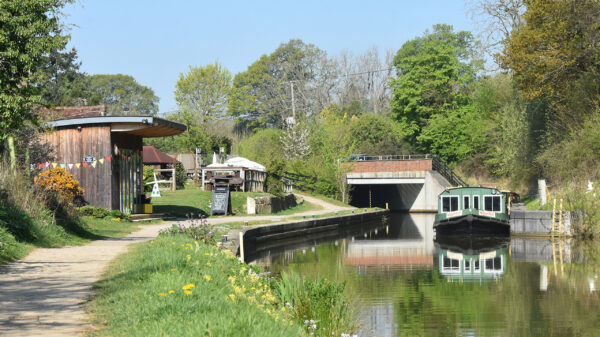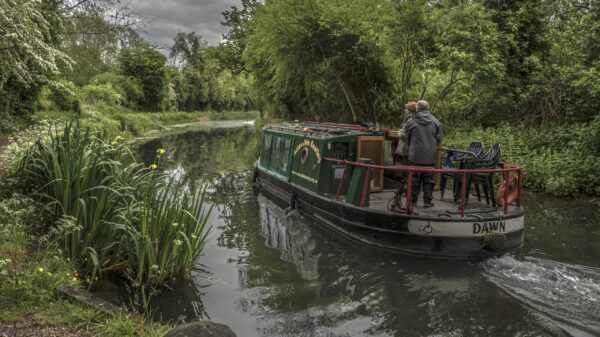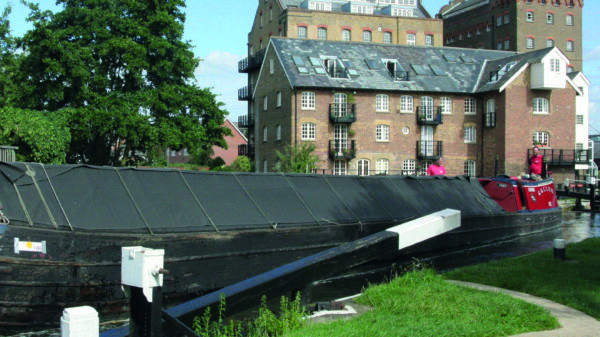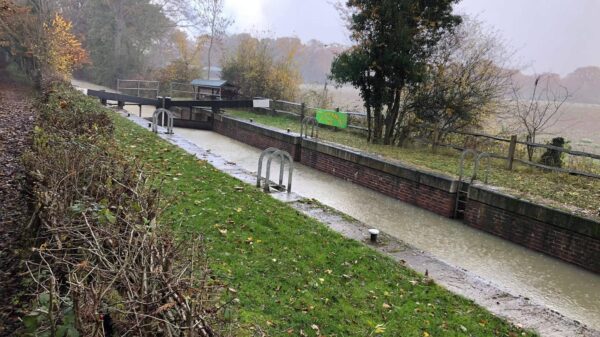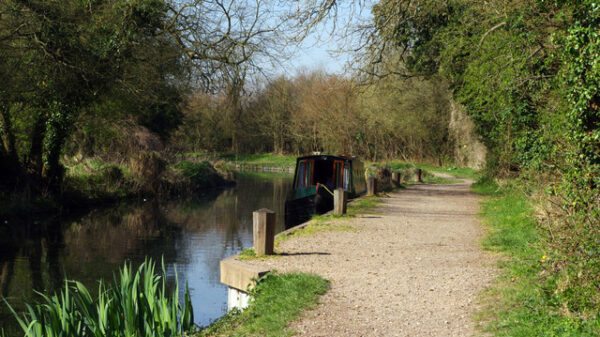About the Wey & Arun Canal
A canal to link the River Arun to the River Wey was proposed in 1810 during the Napoleonic Wars to give a safe inland transport link between London and Portsmouth. The Wey & Arun Canal was completed in September 1816. It was suitable for 30-ton barges and 18.5 miles (29.8 km) long with 23 locks. Unfortunately, by this time the war with France was over, and the canal was only moderately prosperous. It was officially abandoned in 1871 after suffering from water supply problems and later railway competition. Restoration began a century later and continues in the hands of The Wey and Arun Canal Trust.
An isolated section of the canal has been restored to navigation in the Loxwood area. There are currently three-and-a-half miles of fully operational canal with five locks and the Trust has a Canal Centre at Loxwood, where its three excursion boats are based. Boats can use the canal between Drungewick Lock and Southland Lock, reopened in 2014, the current northern terminus. A slipway at Drungewick gives access for trailable craft.
[The photo shows Southland Lock on a wet day – by Wey & Arun Canal Trust]


